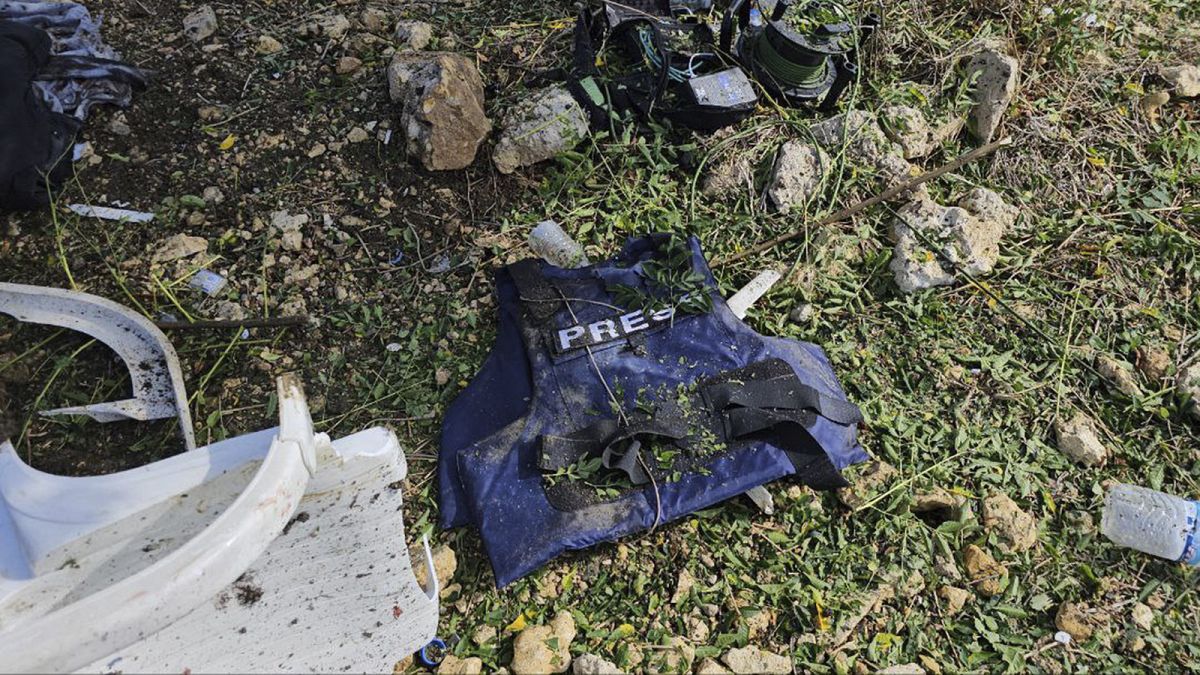One of the gems of Utah’s incoming recruiting class is now heading south.
Four-star edge rusher Hunter Clegg flipped his commitment from Utah to BYU after returning home from his Church of Jesus Christ of Latter-day Saints mission this week.
The American Fork product was a top-three player in the state coming out of high school. He was originally part of the 2023 recruiting class — with highly touted players like four-stars Jackson Bowers and Walker Lyons.
BYU made a strong push to sign Clegg a few years ago. In the summer of 2022, head coach Kalani Sitake hosted Clegg as part of BYU’s most high-profile recruiting weekend of the cycle. BYU had Clegg, Bowers, Lyons and offensive lineman Ethan Thomason on campus at the same time. With the collection of four-stars in Provo, the coaching staff pitched that group as cornerstone pieces of BYU’s early Big 12 era. Sitake had one-on-one meetings with all of them. The weekend included photoshoots in the mountains, a trip to Deer Lake and Top Golf.
“It definitely felt like this was an important weekend for the program,” Thomason told The Salt Lake Tribune at the time. “They didn’t go over the top to where it is unrealistic. But you could feel it was really important.”
After that weekend, Thomason and Bowers both committed to BYU. But Clegg and Lyons went elsewhere.
Lyons landed at USC — where he played 10 games for Lincoln Riley last season. Utah also heavily recruited Lyons and the program was surprised he did not come to Salt Lake.
Clegg went on a mission, but oscillated between commitments. He originally pledged to go to Stanford, but backed off after a coaching change. He then announced he’d go to Utah.
Now, he has signed with the Cougars.
Clegg’s addition is important for two reasons. For one, edge rusher is a position of need for the Cougars.
Defensive coordinator Jay Hill has been looking for a pass rusher who can generate sacks. In the last two years, most of BYU’s pass rush has come from the linebacker position with Harrison Taggart and Isaiah Glasker. Getting to the quarterback with a four-man rush is a critical part of Hill’s scheme, he said.
But perhaps more importantly, Clegg flipping from Utah continues a trend of BYU going after in-state recruits already pledged to the Utes.
In the last cycle, Hill put pressure on the state’s No. 3 player, Faletau Satuala, to flip from Salt Lake to Provo. He was able to sign Satuala at the last second.
Part of Hill’s pitch, Satuala and other recruits indicated, was stability. Kyle Whittingham’s potential retirement played a factor, recruits said, with BYU making in-roads with Utah’s recruits.
“I think [stability] is important,” 2025 recruit Taani Makasini said. Makasini was recruited by both BYU and Utah, but signed with the Cougars in this class.
“I don’t want to go somewhere and the person that recruited me isn’t there anymore. I’m going there to learn from him. I’m not going there to learn from whoever they’re gonna hire next,” Makasini said.


























/cdn.vox-cdn.com/uploads/chorus_asset/file/25789444/1258459915.jpg)

/cdn.vox-cdn.com/uploads/chorus_asset/file/25546252/STK169_Mark_Zuckerburg_CVIRGINIA_D.jpg)

/cdn.vox-cdn.com/uploads/chorus_asset/file/23951353/STK043_VRG_Illo_N_Barclay_3_Meta.jpg)
/cdn.vox-cdn.com/uploads/chorus_asset/file/24924653/236780_Google_AntiTrust_Trial_Custom_Art_CVirginia__0003_1.png)